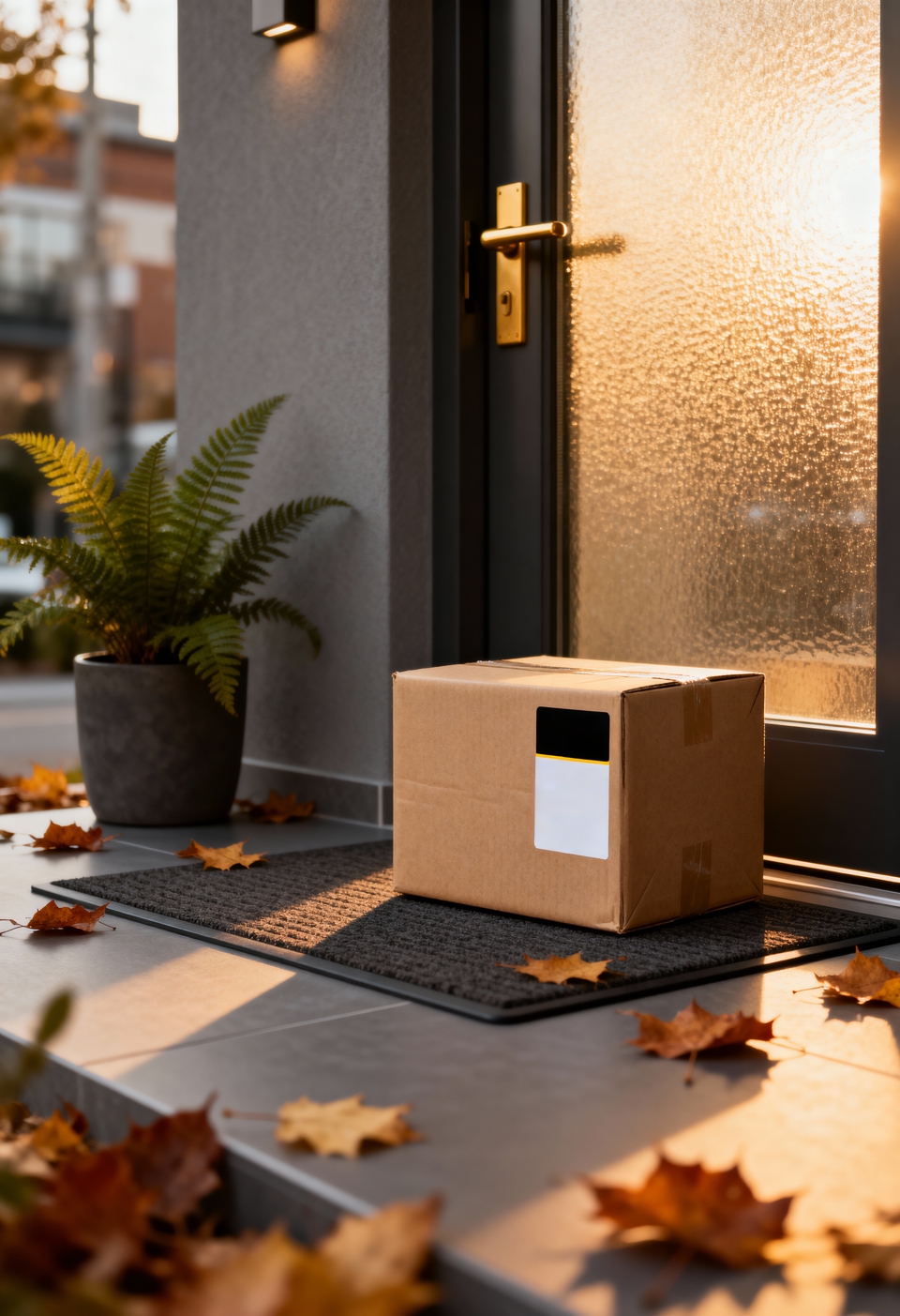Debris Removal Covered by Homeowners Insurance
Yes, homeowners insurance typically includes debris removal coverage, but with certain conditions, limitations, and exclusions. This provision helps policyholders clear away debris resulting from covered perils such as storms, fires, or fallen trees, ensuring safe and manageable property restoration after damage occurs.
Debris Removal After Covered Perils
Debris removal is generally covered when it results from a covered peril under your homeowner's insurance policy. These perils often include windstorms, hail, lightning, fire, vandalism, or explosions. For example, if a windstorm knocks down a tree onto your house, the policy will likely cover both the damage to the structure and the cost of removing the tree and debris. Similarly, if a house fire results in significant rubble and destruction, debris cleanup becomes part of the overall claims process.
However, if the debris stems from an excluded peril—such as flooding (unless covered by a separate flood policy), earth movement, or long-term neglect—your standard homeowner's insurance won't apply.
Tree Removal Limitations
Homeowners' policies also offer limited coverage for tree debris, even if the tree doesn't damage any structure. In many cases, insurers will pay for tree removal if the tree blocks a driveway or wheelchair ramp, creating access issues. These situations typically trigger a sub-limit for removal, often capped at $500–$1,000 per tree, with an overall limit per event.
It's important to note that if a tree simply falls in your yard and doesn't cause damage or obstruct key access points, removal costs may not be covered.
Policy Limits and Deductibles
Debris removal coverage is usually included under the same limits as a dwelling or personal property coverage, and any amount paid is subject to your policy's deductible. If the cost of debris removal exceeds your coverage limit, some policies allow for an additional percentage (often 5% of the total dwelling limit) specifically earmarked for debris cleanup. Reviewing your policy's declarations page or speaking with your agent can clarify these amounts.
Documentation and Claim Filing
To ensure reimbursement, document all debris and related damage with clear photos and videos before cleanup begins. Keep detailed receipts and contractor estimates. If using professionals for removal, ensure they are licensed and insured for insurance claim purposes.
Conclusion
Debris removal is a valuable part of most homeowners insurance policies, especially after damaging events. Knowing your coverage limits and documenting the situation thoroughly will help maximize reimbursement and speed up your recovery.






